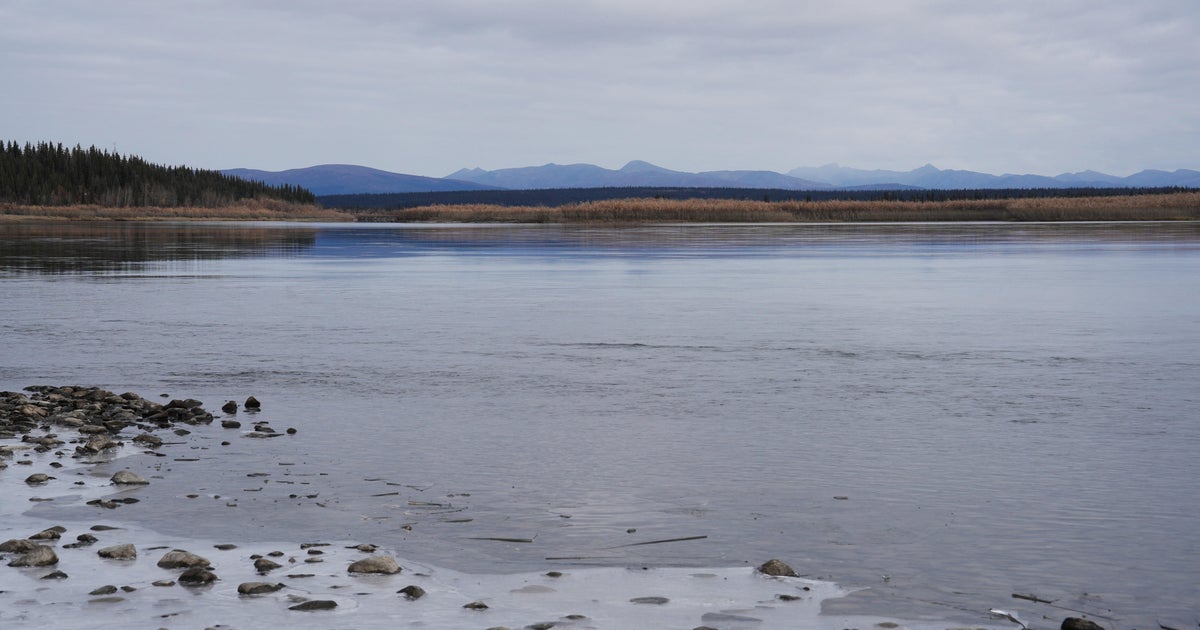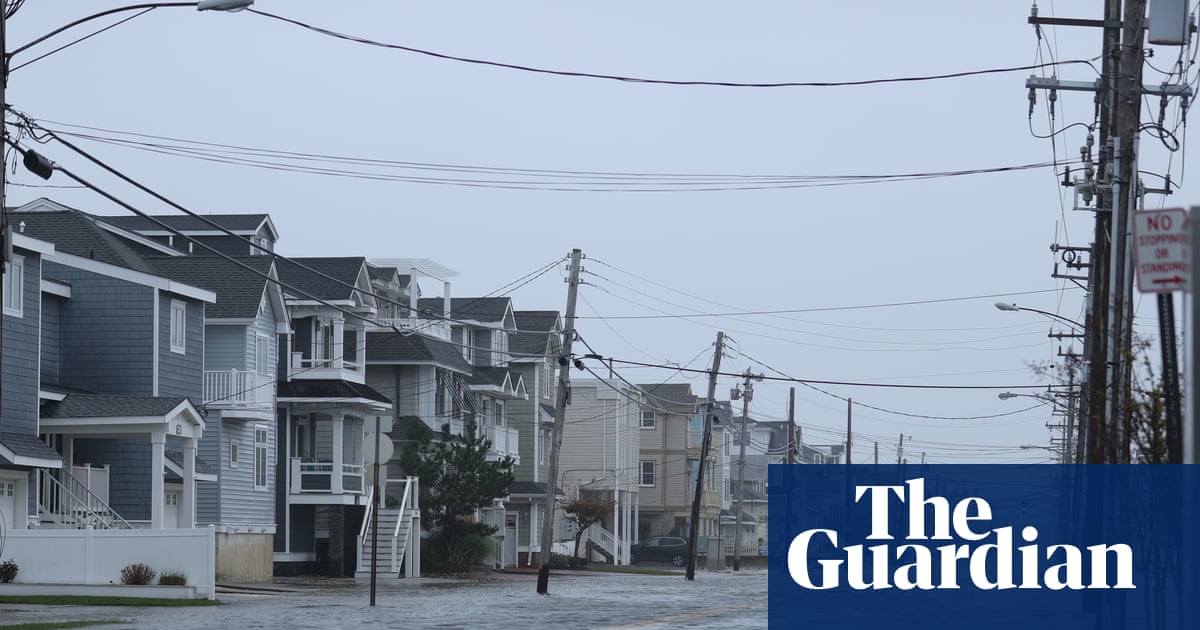Deadly Typhoon Remnants Batter Remote Alaskan Villages, Prompting Mass Displacement and Urgent Shelter Efforts
Typhoon Halong remnants devastated remote Alaskan villages, causing one death, two missing, and displacing over 1,500 residents. Urgent shelter efforts are underway for those impacted.
Overview
- Remnants of Typhoon Halong brought hurricane-force winds and significant flooding to western Alaska over the weekend, severely impacting low-lying Alaska Native communities along the Yukon-Kuskokwim Delta.
- The powerful storm caused widespread destruction, damaging hundreds of homes in villages like Kipnuk and Kwigillingok, with some swept from their foundations by high winds and surf.
- The devastation resulted in at least one fatality and two individuals remaining missing, while over 1,500 residents were displaced from their homes across the affected remote villages.
- Urgent rescue operations saved dozens from floodwaters, and officials are now racing to find immediate shelter for the displaced, many currently in school shelters lacking basic facilities.
- Evacuees are being flown to shelters in Bethel, with longer-term housing options explored in Fairbanks and Anchorage, as forecasts predict more rain and wind for the affected region.
Report issue

Read both sides in 5 minutes each day
Analysis
Center-leaning sources cover this story neutrally, focusing on the factual impact of Typhoon Halong's remnants on remote Alaskan villages. They detail the devastation, displacement, and ongoing rescue efforts without employing loaded language or selective emphasis. The reporting prioritizes conveying the severity of the disaster and the challenges faced by affected communities and responders.
Articles (9)
Center (5)
FAQ
The most severely affected areas were low-lying Alaska Native communities along the Yukon-Kuskokwim Delta, particularly the villages of Kipnuk and Kwigillingok.
More than 1,500 residents were displaced, with dozens airlifted to shelters in Bethel; officials are considering longer-term housing in Fairbanks and Anchorage due to limited space.
Challenges include the remote location accessible only by air or water, damage to fuel storage threatening pollution, lack of basic facilities in shelters, impending winter conditions, and ongoing adverse weather limiting supply flights.
Hundreds of homes were damaged, with about three dozen homes in Kwigillingok swept from their foundations; the village schools often served as shelters but some lacked basic utilities like working toilets.
Recovery is expected to be long and difficult due to the time of year making rebuilding almost impossible before winter; there are concerns about food supplies lost and environmental threats; communities show resilience but face serious hardships.
History
- 19d

 3 articles
3 articles
- 21d

 3 articles
3 articles






